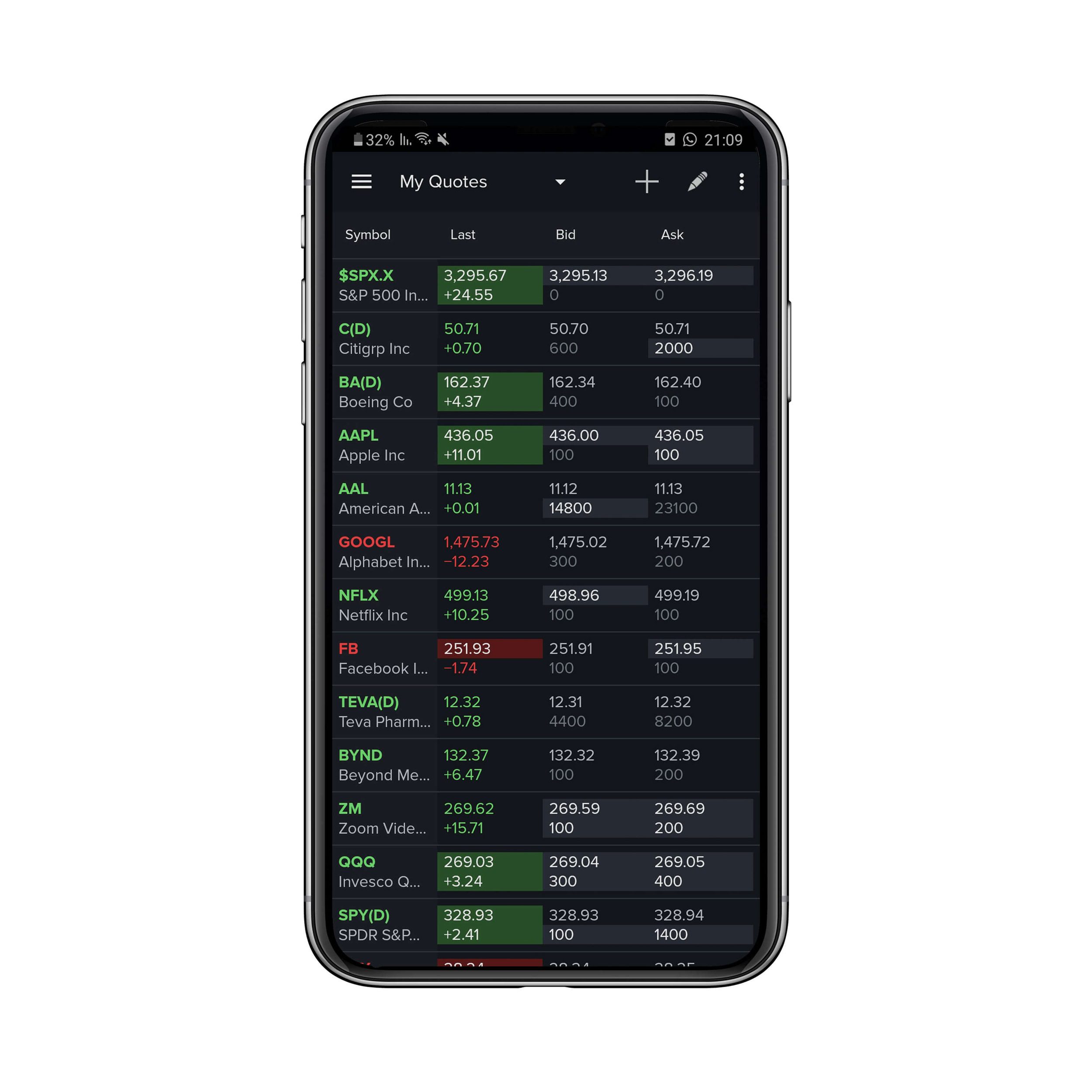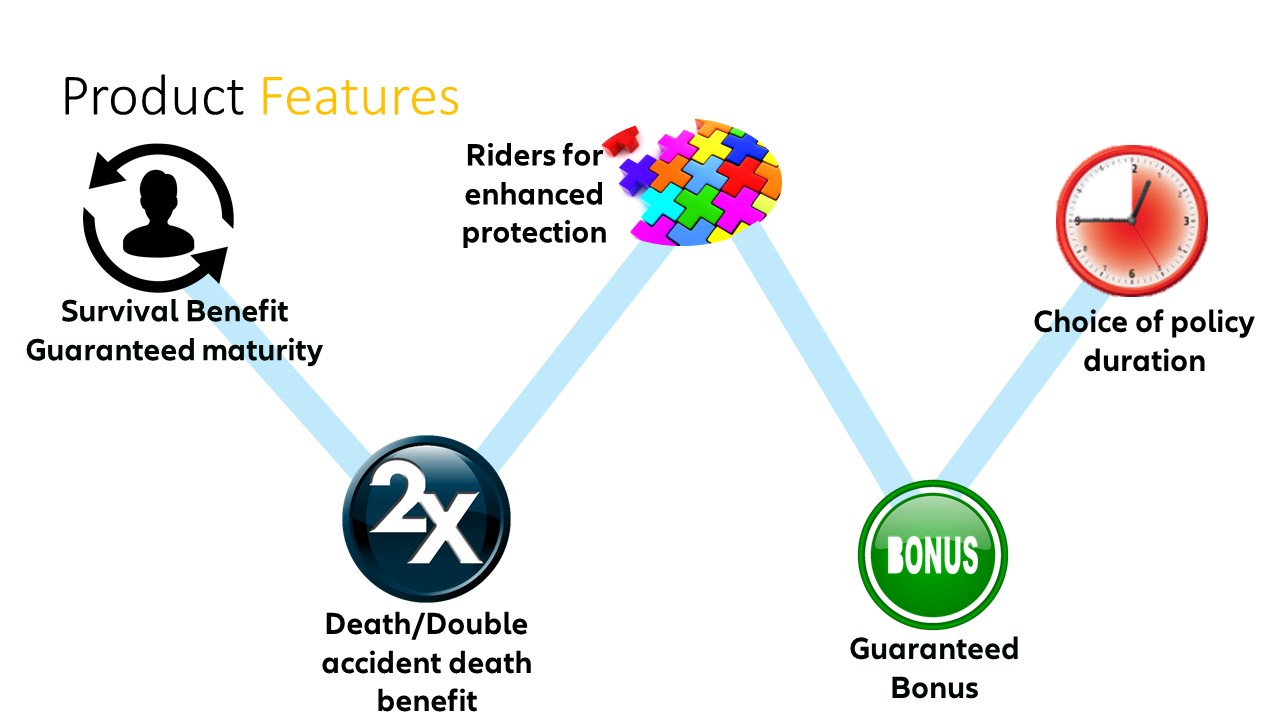

Finance
What Does P&L Mean In Stocks
Published: January 18, 2024
Discover the meaning of P&L in stocks and its importance in finance. Gain a comprehensive understanding of this financial term and learn how it impacts your investments.
(Many of the links in this article redirect to a specific reviewed product. Your purchase of these products through affiliate links helps to generate commission for LiveWell, at no extra cost. Learn more)
Table of Contents
Introduction
Welcome to the world of stocks and trading! As you embark on your journey into the exciting world of financial markets, you will come across various terms and acronyms that are essential to understand. One such term is P&L, which stands for Profit and Loss. In the context of stocks, P&L refers to the financial statement that summarizes the revenue, expenses, and resulting profit or loss from buying and selling stocks.
P&L in stocks is an indispensable element of stock trading. It provides valuable insights into the financial performance of a trader or investor, helping them gauge their success in the market. Understanding P&L is crucial for making informed decisions, assessing risks, and formulating strategies. In this article, we will delve deep into the concept of P&L in stocks, explore its components, and discuss its significance in stock trading.
Whether you are a seasoned trader or just starting, mastering the concept of P&L will empower you to navigate the complex world of stocks with confidence, precision, and profitability. So, let’s dive in and uncover the intricacies of P&L in stocks.
Definition of P&L in Stocks
In the realm of stocks and trading, P&L stands for Profit and Loss. It is a financial statement that provides a clear overview of the revenue, expenses, and resulting profit or loss from buying and selling stocks. P&L is a critical metric in determining the financial performance of a trader or investor.
Profit refers to the positive financial gain realized from a successful trade, where the selling price of a stock exceeds the purchase price. On the other hand, loss refers to the negative financial outcome resulting from an unsuccessful trade, where the selling price is lower than the purchase price.
P&L in stocks is not just limited to individual trades but encompasses the cumulative profit or loss over a specified period. It provides a comprehensive snapshot of the financial performance of a trader or investor in the stock market.
Profit and Loss is also referred to as the Income Statement, which is one of the three key financial statements, along with the Balance Sheet and Cash Flow Statement. These financial statements play an essential role in assessing the financial health and performance of a company or individual.
Now that we have a clear understanding of what P&L in stocks entails, let’s explore its importance and the various components that make up a P&L statement in the context of stock trading.
Importance of P&L in Stock Trading
P&L is of utmost importance in stock trading as it serves as a key performance indicator for traders and investors. It provides valuable insights into the profitability and efficiency of their trading strategies and decisions. Here are some reasons highlighting the importance of P&L in stock trading:
- Evaluation of Trading Performance: P&L enables traders and investors to assess their performance in the market. By comparing the profit and loss from their trades, they can determine if their strategies are successful or need adjustment. It helps in identifying strengths and weaknesses, allowing for continuous improvement.
- Risk Assessment: P&L helps traders analyze the risks associated with their trades. If the P&L consistently shows losses, it indicates that the trading strategy may be too risky or not well-suited to the market. By closely monitoring P&L, traders can make necessary adjustments to mitigate risks and improve their chances of success.
- Portfolio Management: P&L plays a crucial role in managing a trader’s portfolio. It allows traders to track the performance of individual stocks or investments, helping them make informed decisions about holding or selling assets. By closely monitoring P&L, traders can adjust their portfolio allocation and optimize their returns.
- Comparison with Benchmarks: P&L provides an important benchmark for traders to compare their performance against the market or specific industry indices. By comparing their P&L with the performance of benchmarks, traders can assess if they are outperforming or underperforming the market and make corresponding adjustments to their strategies.
- Decision-Making: P&L provides traders with valuable information for making informed trading decisions. By analyzing past P&L statements, traders can identify patterns, trends, and potential opportunities in the market. It helps in determining the best course of action for buying or selling stocks.
In a nutshell, P&L is a vital tool for traders and investors to evaluate their trading performance, assess risks, manage their portfolio, compare against benchmarks, and make sound trading decisions. It helps in optimizing profitability and navigating the complex world of stock trading with confidence and precision.
Components of P&L in Stocks
A P&L statement in stocks comprises various components that provide a comprehensive overview of the financial performance related to buying and selling stocks. Understanding these components is essential to analyze the profitability and effectiveness of stock trading strategies. Here are the key components of P&L in stocks:
- Revenue: Revenue is the total amount of money generated by selling stocks. It represents the proceeds from the sales of stocks and is a fundamental component in calculating the P&L. Revenue is derived from the selling price of stocks and the quantity of stocks sold.
- Cost of Goods Sold (COGS): The cost of goods sold represents the expenses directly associated with acquiring the stocks that are being sold. It includes the purchase price of the stocks, transaction fees, and any other costs incurred in acquiring the stocks for trading purposes.
- Gross Profit: Gross profit is calculated by subtracting the COGS from the revenue. It represents the profit made from the sales of stocks before deducting other operating expenses.
- Operating Expenses: Operating expenses include costs incurred in the process of conducting stock trading activities. This can include brokerage fees, commissions, research costs, software subscriptions, and any other expenses directly related to trading stocks.
- Net Profit (or Loss): Net profit is the final result after deducting all operating expenses from the gross profit. It represents the overall financial gain or loss from trading stocks during a specific period. A positive net profit indicates a profitable trading period, while a negative net profit signifies a loss.
- Taxes and Other Expenses: In addition to operating expenses, traders may also need to consider taxes and other expenses when calculating the P&L. Taxes are typically calculated on the net profit and can significantly impact the overall profitability of stock trading.
By analyzing these components, traders can gain insights into their revenue, gross profit, operating expenses, net profit/loss, and other associated costs. This information is crucial for evaluating the financial performance and profitability of stock trading activities. It enables traders to make informed decisions, improve their trading strategies, and achieve their financial goals.
Calculation of P&L in Stocks
Calculating the P&L in stocks involves a straightforward calculation that takes into account the revenue, cost of goods sold (COGS), operating expenses, and taxes. Here’s a step-by-step guide to understanding how to calculate P&L in stocks:
- Step 1: Determine Revenue: Start by determining the total revenue generated from selling stocks. This can be calculated by multiplying the selling price of the stocks by the quantity of stocks sold.
- Step 2: Calculate COGS: Calculate the cost of goods sold (COGS), which includes the purchase price of the stocks and any other acquisition costs such as transaction fees or brokerage commissions.
- Step 3: Calculate Gross Profit: Subtract the COGS from the revenue to calculate the gross profit. This represents the profit made from the sales of stocks before deducting operating expenses.
- Step 4: Determine Operating Expenses: Determine the total operating expenses incurred in the process of trading stocks. This includes brokerage fees, commissions, research costs, and any other direct expenses associated with stock trading.
- Step 5: Calculate Net Profit (or Loss): Subtract the operating expenses from the gross profit to calculate the net profit (or loss). This indicates the overall financial gain or loss from trading stocks during a specific period.
- Step 6: Consider Taxes and Other Expenses: In addition to operating expenses, traders need to consider taxes and any other relevant expenses. Taxes are typically calculated on the net profit and can have a significant impact on the overall profitability of stock trading.
The P&L calculation provides traders with a clear understanding of their financial performance in the stock market. It allows for assessing profitability, evaluating trading strategies, and making informed investment decisions. It is important to maintain accurate records of revenue, COGS, operating expenses, and other associated costs to ensure an accurate calculation of P&L in stocks.
Factors Affecting P&L in Stocks
Several factors can have a significant impact on the P&L in stock trading. Understanding these factors is crucial for traders and investors to make informed decisions and manage their profitability effectively. Here are some key factors that can affect the P&L in stocks:
- Market Volatility: The volatility of the stock market can greatly impact P&L. Rapid price fluctuations can lead to potential gains or losses depending on the timing of trades. Higher market volatility increases the potential for larger profits or losses.
- Stock Selection: The choice of stocks to trade plays a vital role in P&L. Different stocks have varying levels of volatility, liquidity, and potential for growth. Selecting stocks with strong fundamentals and growth prospects can increase the likelihood of positive P&L.
- Trading Strategy: The trading strategy employed by traders significantly affects their P&L. Long-term investors may focus on fundamental analysis and trends, while shorter-term traders may rely on technical analysis and market timing. A well-defined and consistently applied strategy can enhance P&L results.
- Risk Management: Effective risk management is essential for protecting P&L. Traders must set stop-loss orders, manage position sizes, and diversify their portfolios to reduce risk exposure. Proper risk management can limit potential losses and preserve capital.
- External Factors: Economic events, geopolitical developments, and industry-specific news can impact stock prices and influence P&L. Traders need to stay informed about market-moving events and consider their potential impact on their trading positions.
- Costs of Trading: Transaction costs, such as commission fees and spreads, can eat into P&L. Minimizing trading costs through efficient brokerage selection and negotiation can help improve profitability.
It’s important to note that each trader’s P&L is unique, as it is influenced by individual trading decisions and market conditions. By analyzing these factors and adapting strategies accordingly, traders can optimize their P&L and achieve consistent profitability in stock trading.
Strategies to Improve P&L in Stock Trading
Improving P&L in stock trading requires a combination of effective strategies, risk management, and continuous learning. Here are some key strategies that can help traders enhance their P&L and achieve better results:
- Develop a Trading Plan: Create a well-defined trading plan that includes entry and exit rules, risk management guidelines, and profit targets. Stick to your plan and avoid impulsive decisions based on emotions or short-term market fluctuations.
- Practice Risk Management: Implement effective risk management techniques to protect your P&L. Set stop-loss orders to limit potential losses, diversify your portfolio to spread risk, and avoid overexposure to any single stock or sector.
- Utilize Fundamental and Technical Analysis: Combine fundamental analysis, which involves assessing a company’s financial health and prospects, with technical analysis, which involves studying price patterns and market trends. This holistic approach can help identify undervalued stocks and potential market reversals.
- Stay Informed: Keep up-to-date with market news, economic events, and industry developments. Stay informed about the companies you are trading and be aware of any potential catalysts or risks that may impact their stock prices.
- Manage Emotions: Emotions can cloud judgment and lead to impulsive or irrational trading decisions. Maintain emotional discipline, avoid chasing losses, and stick to your predefined trading plan. Practicing mindfulness techniques can help manage emotional reactions during volatile market conditions.
- Continual Learning and Adaptation: Stock markets are dynamic, and learning should be ongoing. Stay updated with new trading strategies, study successful traders’ approaches, and adapt your tactics based on changing market conditions. Continuous learning will help refine your trading skills and improve your P&L over time.
- Control Trading Costs: Minimize trading costs by selecting low-cost brokers, negotiating fees, and utilizing cost-effective trading platforms. Regularly review your brokerage accounts to ensure you are getting competitive rates and be mindful of excessive trading that can erode your P&L through fees and commissions.
- Track and Analyze Performance: Keep a record of your trades, including entry and exit points, profit or loss, and reasons behind the decisions. Regularly review and analyze your trading performance to identify patterns, strengths, and weaknesses. Adjust your strategies accordingly to capitalize on strengths and improve areas of weakness.
Improving P&L in stock trading requires discipline, knowledge, and adaptability. By adopting these strategies and consistently applying them in your trading, you can enhance your P&L and increase your chances of long-term success in the stock market.
Conclusion
P&L, or Profit and Loss, is a fundamental concept in the world of stock trading. It serves as a crucial metric for evaluating the financial performance of traders and investors. Understanding P&L is essential for making informed trading decisions, assessing risks, and formulating strategies to optimize profitability.
In this article, we explored the definition of P&L in stocks and its significance in stock trading. We discussed the various components of a P&L statement, including revenue, cost of goods sold, gross profit, operating expenses, and net profit. We also highlighted the factors that can impact P&L, such as market volatility, stock selection, trading strategies, and external factors.
Moreover, we provided strategies to improve P&L in stock trading, including developing a trading plan, practicing risk management, utilizing fundamental and technical analysis, staying informed, managing emotions, continuing to learn and adapt, controlling trading costs, and tracking and analyzing performance.
By implementing these strategies and staying disciplined, traders and investors can enhance their P&L, improve their trading performance, and achieve long-term success in the stock market. Remember that P&L is not just about short-term gains or losses; it is a measure of overall financial performance over time.
So, whether you are just starting in stock trading or looking to refine your strategies, mastering the concept of P&L will provide you with valuable insights to navigate the complexities of the stock market with confidence and precision.














